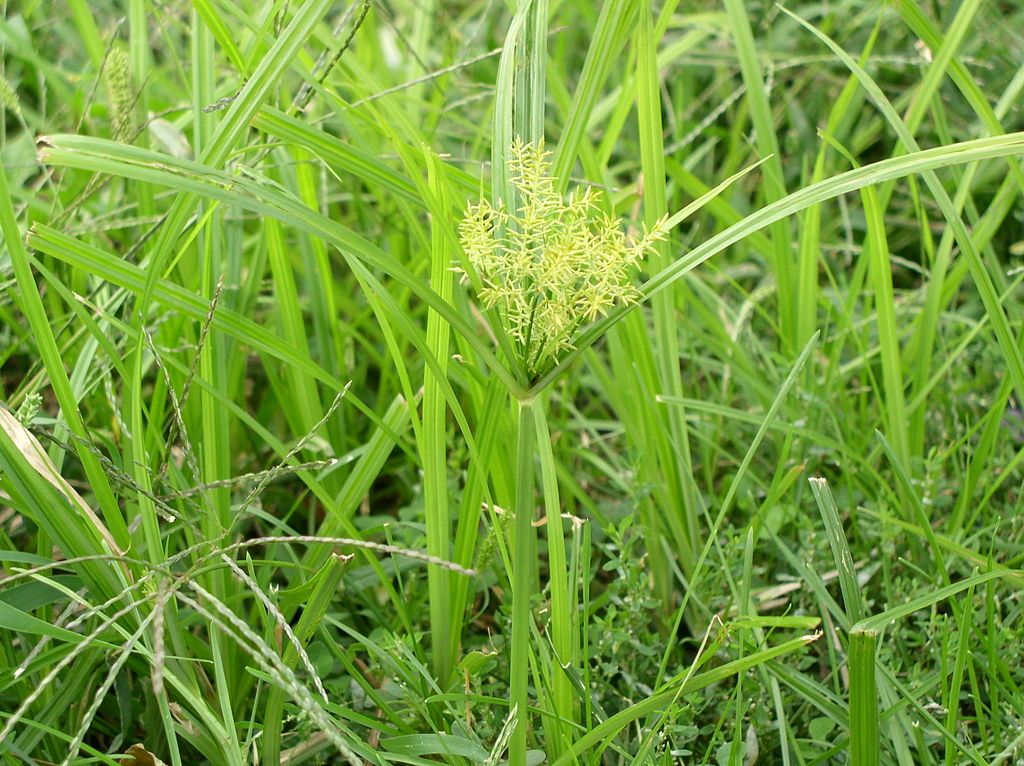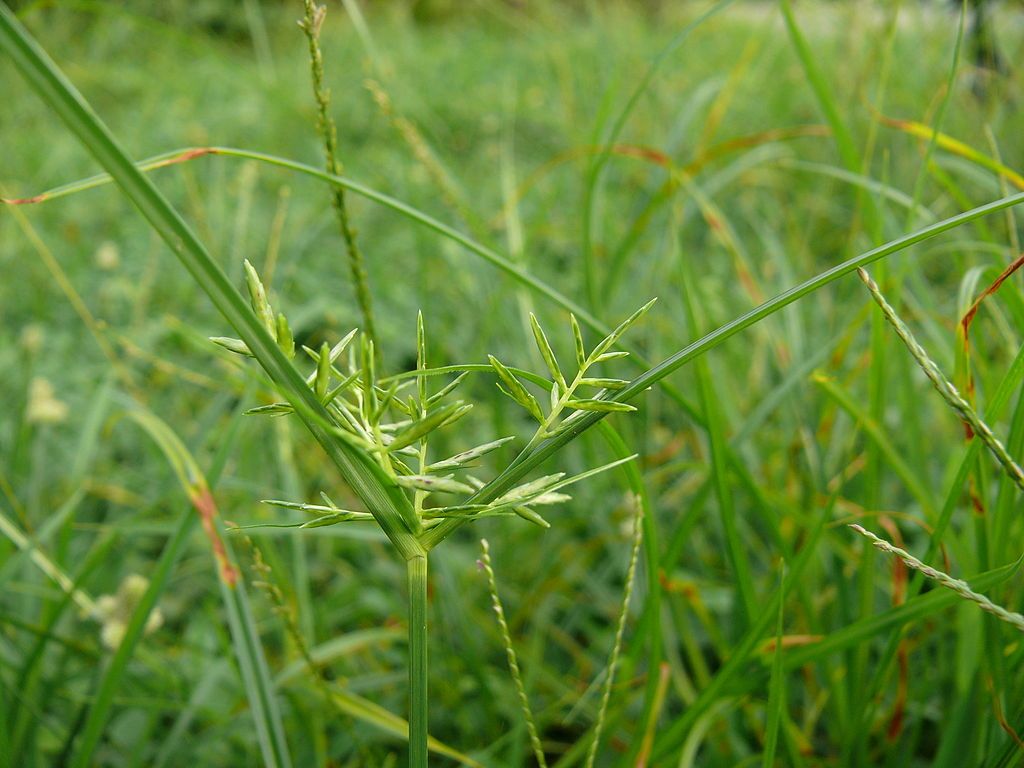
If you’re trying to have the best-looking property on the block, then you don’t need weeds standing in your way. Unfortunately, some weeds are tougher to control than others, and nutsedge is one of the most stubborn.
Also known as "nutgrass," nutsedge is a fast-spreading, persistent weed that can take over North Texas lawns if left untreated. It grows rapidly, thrives in moist conditions, and is resistant to many standard weed control treatments.
If you feel like you’re fighting a never-ending battle against nutsedge, you’re not alone. Below, we’ll cover how to identify nutsedge, understand why it’s in your yard, and explore the best methods to get rid of it for good.
The first step to effective nutsedge control is proper identification. Many homeowners mistake nutsedge for regular grass, but this invasive weed belongs to the sedge family, not the grass family.

Many homeowners confuse nutsedge with Green Kyllinga, another invasive weed. The main difference is that Green Kyllinga has a finer leaf texture and grows shorter than nutsedge. Identifying the right weed is critical because each requires a different control method.
One of the biggest challenges with nutsedge is how quickly and aggressively it spreads. This weed reproduces underground via rhizomes and tubers (nutlets), which makes it much harder to eliminate than regular weeds.
Because of this complex root system, simply pulling nutsedge out by hand won’t eliminate it, the underground tubers will continue sprouting.
Whenever we discuss nutsedge control with homeowners, we always start with the root cause: Why is nutsedge growing in your yard in the first place?

Nutsedge thrives in wet, poorly drained areas, so excessive moisture is often the main reason it appears.
While prevention can reduce nutsedge outbreaks, most homeowners will still need targeted treatment to keep it under control.
Standard weed control products aren’t effective against nutsedge because this weed isn’t actually a grass, it’s a sedge, which requires specialty herbicides to eliminate.
At Grassperson, we use specialty herbicides designed to target nutsedge without harming your lawn.
Since nutsedge continues to return year after year, ongoing professional lawn care treatments are the most effective way to keep it in check.
At Grassperson, we include nutsedge control in all of our lawn care programs. However, since nutsedge is such a persistent weed, it’s important to set realistic expectations about treatment.
Our goal is to help you take back your lawn, whether through repeated weed control applications or, in extreme cases, re-sodding and starting fresh.
Nutsedge is one of the toughest weeds to control, and DIY treatments often don’t work because:
At Grassperson, our experts properly identify, treat, and prevent nutsedge infestations, so you don’t have to fight this frustrating weed alone.

Don’t let nutsedge take over your lawn! Grassperson’s expert weed control services help homeowners in North Texas identify, treat, and prevent nutsedge for a healthier, weed-free lawn.
We provide services in Flower Mound, Highland Village, Lewisville, and many other North Texas areas. Get a Free Quote Now!
Image sources: nutsedge, nutsedge in grass
These Stories on Lawn Care